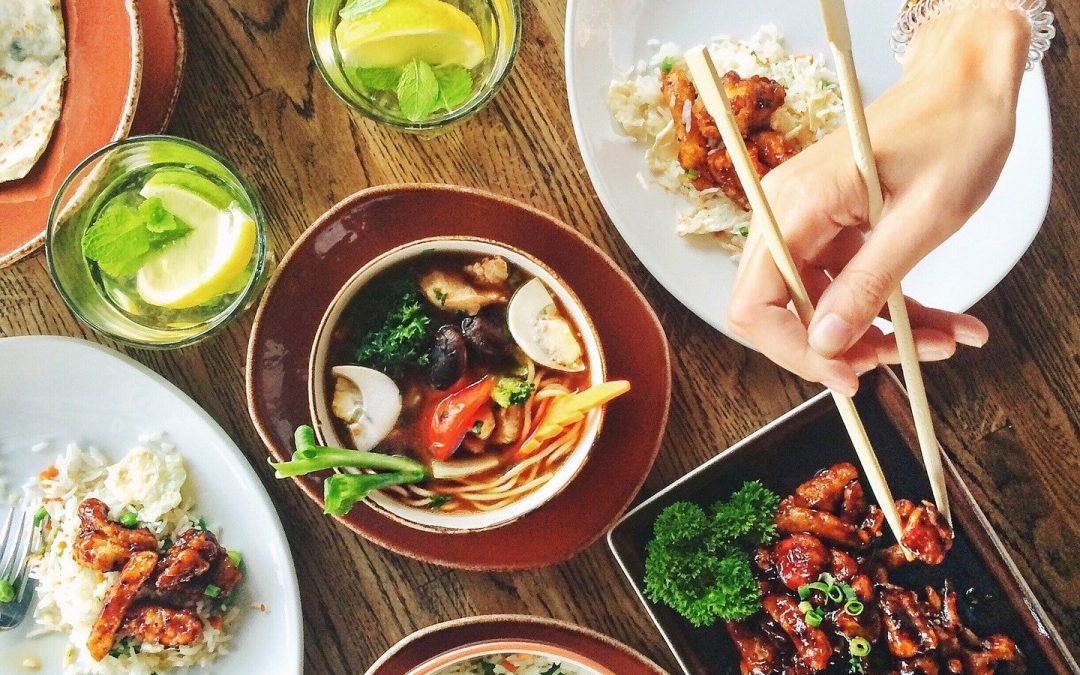That was a funny question today: how would you explain Flight Levels to your grandma? It’s actually quite simple: in a way that she understands.
I love good food, and when it’s good, it can be (too) much. When grandma plans, prepares and cooks the Sunday menu, she uses what we systemically call flight levels. In my opinion, this is a perfect explanation for the thought model that grandma can follow using the example of Sunday roast.
First of all, she needs to know who is actually coming on Sunday. Who is invited, what are the food preferences – will vegetarians come? (sorry grandma, we live in strange times) – fish, meat, chicken or vegetables – whatever – this is how you want to respond to their wishes, desires and preferences. That’s your strategy – what kind of food do you want to prepare? From that you derive the possible menu.
Secondly, let’s say you decide on fish – what kind of fish? What side dishes go best with it? What starter would be perfect, what dessert would be appropriate? You’re modelling the whole experience of enjoying your menu, from the first impression of how the table looks to the espresso after dessert. That’s the end-to-end flow of the food being served and the pleasure – the value – being created.
Thirdly, to really bring the menu to the table now, we obviously need a more detailed view. Here we look at the preparation of all the delicious things that will be served next Sunday. What ingredients do we need? How much time do we need to prepare the food? Is there a prescribed order (I suppose)? If you are cooking in a restaurant, it is obvious that more than one chef may be involved in the preparation, in a large hotel kitchen there may even be several kitchens involved.
To make sure that the individual cooking tasks are aligned with the tasks of the other cooks working on the same part of the menu, we use the Detail View – Flight Level 1, so we look at what each person in the kitchen is working on.
If people are working on different parts of the menu, maybe even in different places, we need to make sure that all their activities are coordinated – we don’t want dessert to be served with the fish – Flight Level 2. Here we see all the necessary steps – from the first plate, to the digestive liquor.
And to be sure that the menu we prepare really meets the guests’ expectations, we match our menu plan with our strategy by continuously asking, observing and trying to fulfil our guests’ wishes. If the guests’ preferences change, we should adjust our strategy – Flight Level 3.
If you want to know more about Flight Levels, perhaps in a business sense, I recommend the Flight Levels Introduction Course (FLIN). Completely online and self-paced.
And now I’m hungry…

Recent Comments